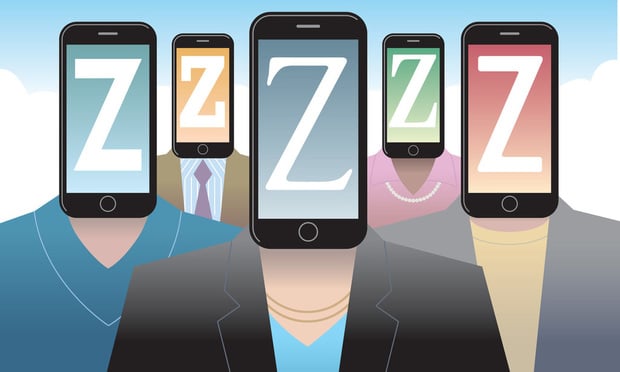What do we do now that Bank Transfer Day has come and gone? Howdo we show what makes credit unions relevant to consumers today?Industry folks can clearly define the difference between a bank anda credit union. But if you ask the average consumer, what mighttheir response be?
I visited my local Occupy movement in Olympia, Wash. I askedthem what the difference is between banks and credit unions and howcredit unions could continue to show the difference in ourcommunities after Bank Transfer Day.
As we sat down to begin the interview, there was a leaflet onthe table explaining the difference between credit unions andbanks. Smiling inside, I asked Treacy, the local Occupy foodcoordinator, about his expectations of credit unions after BankTransfer Day. He shared that he had been a member of a credit unionfor years and is well-educated about the difference.
Continue Reading for Free
Register and gain access to:
- Breaking credit union news and analysis, on-site and via our newsletters and custom alerts.
- Weekly Shared Accounts podcast featuring exclusive interviews with industry leaders.
- Educational webcasts, white papers, and ebooks from industry thought leaders.
- Critical coverage of the commercial real estate and financial advisory markets on our other ALM sites, GlobeSt.com and ThinkAdvisor.com.
Already have an account? Sign In Now
© 2024 ALM Global, LLC, All Rights Reserved. Request academic re-use from www.copyright.com. All other uses, submit a request to [email protected]. For more information visit Asset & Logo Licensing.









